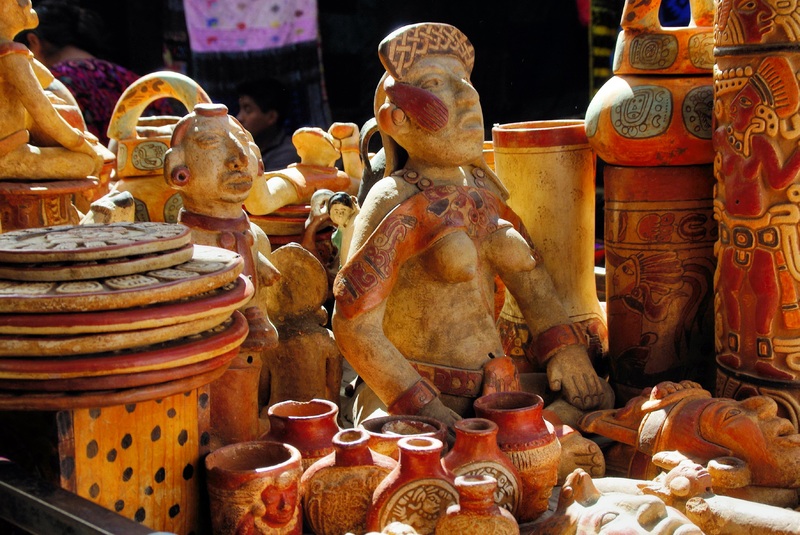Stephanie Allison Jolluck and Giorgio Salvador Rossilli were caught while leaving her house with the pre-Hispanic artifacts - which included stone spheres, mortars, sphinxes, yokes, anthropomorphic figures - loaded on a truck.
The arrests came a week after Jolluck was caught at the country's international airport trying to leave the country with two 1,000-year-old Mayan relics.
Prosecutors said that she “was probably engaged in trafficking of ancient artifacts.” She was charged with “smuggling national treasures” and released on bail on condition that would not leave Guatemala.
But then “Jolluck and Rossilli were arrested when they were transporting 166 stone artifacts in their vehicle,” the Prosecutor’s office stated. An expert from the country’s Directorate General for Cultural Heritage said that the “Mayan artifacts are 90% authentic.”
Guatemala’s cultural heritage prosecutors said Jolluck and Rossilli will face criminal charges for the “crime of attacking the nation’s natural and cultural heritage.”
A Guatemalan judge released both Jolluck and Rossilli on bail of about US$6,400 each and allowed them to keep their passports but prohibited them from leaving the country. They will be required to show up at the prosecutors’ offices every two weeks.
People smuggling relics and archaeological artifacts in Guatemala can face between five to 10 years in prison if convicted.
The global sales of art and antiquities reached $50 billion in 2020, while the global trade in trafficked art and antiquities reached between three to more than six billion.

